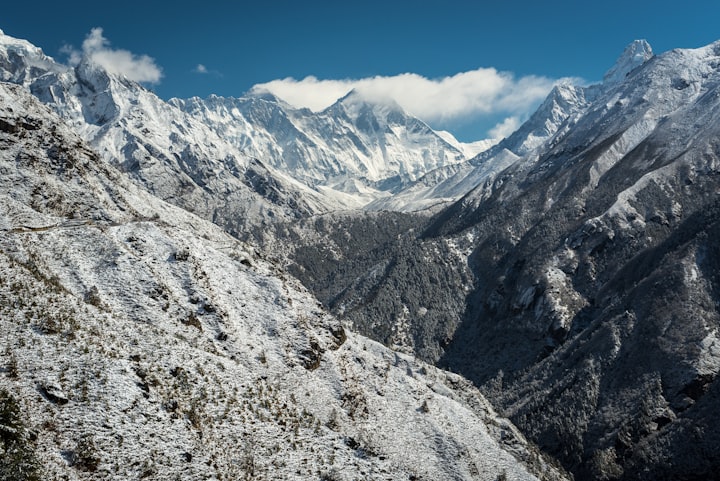ISRO’s Aditya-L1 leaves Earth orbit, begins a 110-day journey to L1 point rewrite
he spacecraft will remain in the Trans-Lagrangean Point 1 trajectory for 110 days before being inserted into an orbit around the point where the gravitational pull of the Sun and Earth on the spacecraft will be completely balanced.

The Indian Space Research Organisation (ISRO) announced that the Aditya-L1 spacecraft is on its way to the Sun-Earth L1 point. This journey began with an early morning maneuver, placing the spacecraft on a trajectory that will take it 1.5 million kilometers away from Earth. At this distant point, the Aditya-L1 spacecraft will conduct continuous observations and studies of the Sun.

The Aditya-L1 spacecraft is scheduled to stay in the Trans-Lagrangean Point 1 (L1) trajectory for a duration of 110 days before it is maneuvered into an orbit around the L1 point. This special orbit is where the gravitational forces from both the Sun and Earth on the spacecraft are perfectly balanced. This achievement marks a significant milestone for ISRO, as it is the fifth consecutive successful mission in which they have transferred an object to a trajectory leading to another celestial body or location in space. ISRO's expertise and experience in such missions continue to grow with each successful endeavor.
After travelling for four months to the L1 point, covering a distance that has not been covered by any other Indian spacecraft, the Solar observatory will park itself in a halo orbit around the L1 point and study the Sun.

In fact, this is the first mission by India where the spacecraft will get into an orbit around a point and not a celestial body like Earth, Moon, or Mars. Mission director Nigar Shaji This halo orbit insertion at L1 is something that ISRO has not done so far."
The L1 point that lies at only 1% of the distance between Earth and the Sun has been selected as it allows for an unobstructed view of the Sun as no celestial body can come between to cause an eclipse. The point also allows us to study the Sun without interference of the dust found in the Earth’s atmosphere or the atmosphere and magnetic fields itself that do not allow some of the harmful radiations like UV radiation from the Sun to enter the Earth.

The Aditya-L1 spacecraft is equipped with a total of seven scientific instruments. One of these instruments, known as the Supra Thermal and Energetic Particle Spectrometer (STEPS), has already begun its data collection activities. STEPS is designed to measure high-temperature, energetic particles in the solar wind. It consists of six sensors, each observing in different directions to capture a comprehensive view of the solar wind's particle dynamics.
STEPS was activated approximately nine days ago when the spacecraft had reached a distance of more than 50,000 kilometers from Earth. This particular distance is significant because it is over eight times the Earth's radius, which means that the spacecraft had moved beyond the Earth's radiation belt. Being outside the radiation belt allows for more accurate and interference-free data collection by instruments like STEPS. The observations started after the necessary instrument health checks were completed. "The data collected during Earth’s orbits helps scientists to analyse the behaviour of particles surrounding the Earth, especially in the presence of the magnetic field of Earth," the space agency said.
The Aditya L1 Mission Overview
ISRO’s Aditya L1 Mission has a sole focus: unravelling the mysteries of the Sun. Through this mission, ISRO aims to provide a detailed analysis of the Sun’s behavior, which impacts Earth’s climate and satellite communication.

Science Objectives:
- The major science objectives of Aditya-L1 mission are:
- Study of Solar upper atmospheric (chromosphere and corona) dynamics.
- Study of chromospheric and coronal heating, physics of the partially ionized plasma, initiation of the coronal mass ejections, and flares
- Observe the in-situ particle and plasma environment providing data for the study of particle dynamics from the Sun.
- Physics of solar corona and its heating mechanism.
- Diagnostics of the coronal and coronal loops plasma: Temperature, velocity and density.
- Development, dynamics and origin of CMEs.
- Identify the sequence of processes that occur at multiple layers (chromosphere, base and extended corona) which eventually leads to solar eruptive events.
- Magnetic field topology and magnetic field measurements in the solar corona .
- Drivers for space weather (origin, composition and dynamics of solar wind.






Comments (1)
Great story! Great work! 🤍❤️🖤💜💙💛🩵💚🩷♥️🩶🧡🤎😍